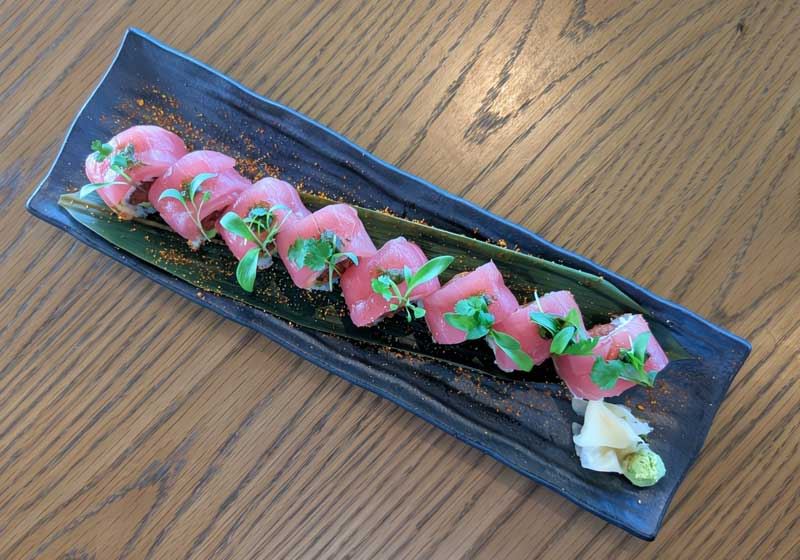By Marie-Antoinette Issa.
Incorporating native Australian ingredients into everyday meals is a fantastic way to connect with the land while enhancing your dishes with unique flavours. Whether you’re looking to add a subtle twist or make a bold statement, native ingredients can work their way seamlessly into your everyday cooking.
The best part is that many native ingredients can be used as easy swaps for the more common ones in your pantry or fridge. So, instead of reaching for your usual go-to herbs and spices, why not try something a little more local and sustainable?
Here are some simple, yet flavour-packed swaps to elevate your meals with native Australian ingredients:
Warrigal Greens for Spinach
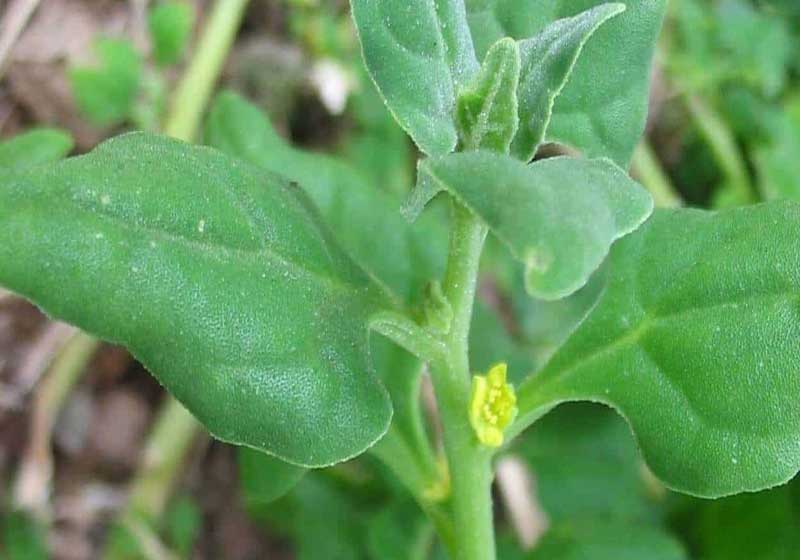
Photo credit: Tucker Bush.
Spinach is a staple in many kitchens, but if you want to switch things up, look no further than Warrigal greens (also known as native spinach). With a similar texture and mild, slightly salty flavour, Warrigal greens are a perfect substitute for spinach in salads, soups or sautéed dishes. Just be sure to blanch them before use, as they contain high levels of oxalates, which can be reduced with this simple step. Whether you’re adding them to a quiche, bulking up your salad with a handful or using them to perfect your pesto, Warrigal greens will bring a fresh Australian twist to your meals.
Finger Lime for Regular Lime
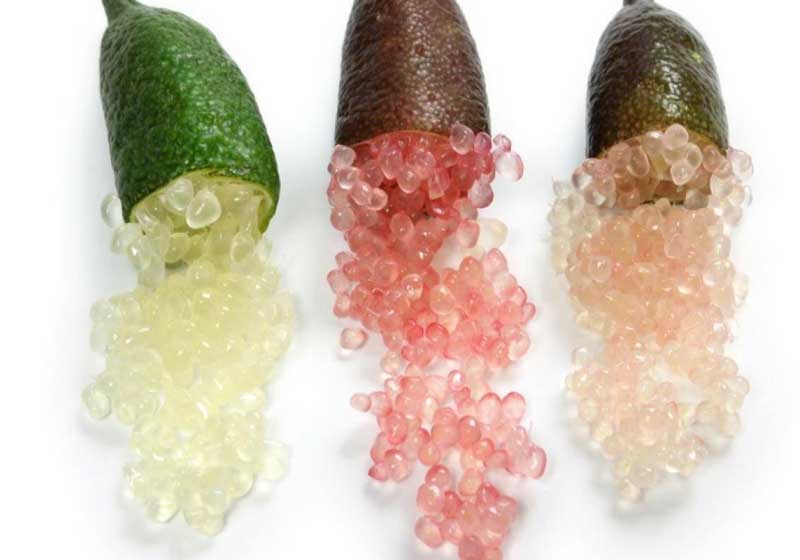
Photo credit: Sydney Markets.
Another native citrus fruit, finger lime, makes for a perfect alternative to regular lime. With its bright, zesty flavour, finger lime brings an exciting burst of tang to your dishes. Its tiny, caviar-like pearls of pulp are visually stunning and create an impressive texture when used in cocktails, seafood dishes (such as ceviche) or salads. The distinctive citrusy punch will not only add a unique twist to your recipes, but the finger lime’s versatility will shine through in everything from ceviche to sorbets.
Wattleseed for Coffee or Cocoa
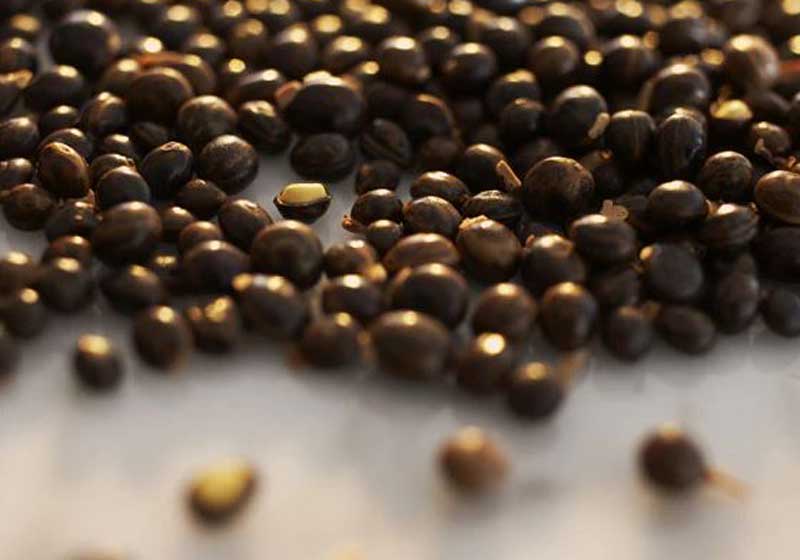
Photo credit: Outback Spirit.
If you're a fan of coffee or cocoa, you’ll love wattleseed, which is rich in nutty flavours. This unique Australian ingredient is often used to create a coffee-like taste, thanks to its deep, earthy and roasted flavour profile. It can be ground and added to baking recipes that traditionally call for cocoa powder or used as a coffee substitute. Try adding wattleseed to cakes, cookies or even creme caramel for a truly native touch. Not only does wattleseed have a decadent taste, but it also boasts high levels of protein and fibre, making it a nutritious addition to your pantry.
Quandong for Rhubarb or Cranberries
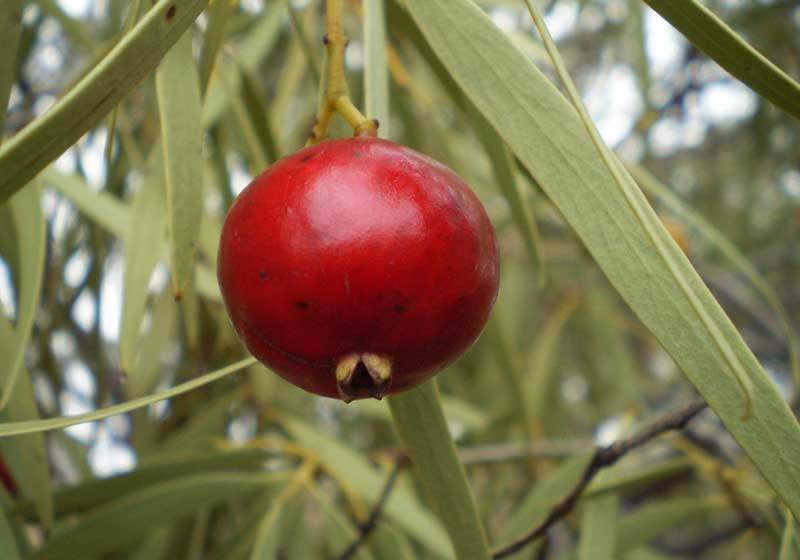
Quandong, a bright red fruit with a tart, sour flavour, can be used as a substitute for rhubarb or cranberries in your cooking. It pairs beautifully with both sweet and savoury dishes, making it a versatile ingredient to experiment with. Quandong is great for making jams, sauces and pies - much like how you would use rhubarb or cranberries. Its tangy, slightly sour profile balances well with sweeteners like honey or sugar. So, next time you’re thinking about making a compote or fruity festive cake, consider swapping in quandong to give your dish a distinctly Australian flavour.
Bush Tomato for Sun-dried tomato
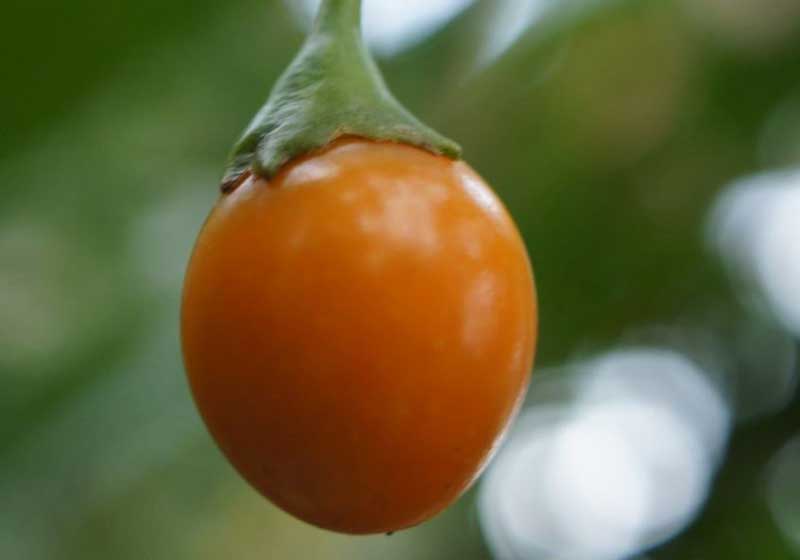
Also known as desert raisin (owing to its small round, plump appearance), the bush tomato is a small native fruit from Central Australia with a bold, tangy flavour with hints of tamarind that is actually more accurately comparable to sun-dried tomatoes. This makes it an excellent native substitute in recipes needing a robust, earthy taste.
For example, instead of sun-dried tomatoes, try bush tomatoes in sauces or condiments like mayonnaise for a unique twist. When dried and ground, they can also replace traditional seasonings, adding depth to soups, stews and marinades. Their versatility also extends to baking, where they can be used in savoury breads or biscuits for an Australian flavour.
Saltbush for Thyme, Sage or Rosemary
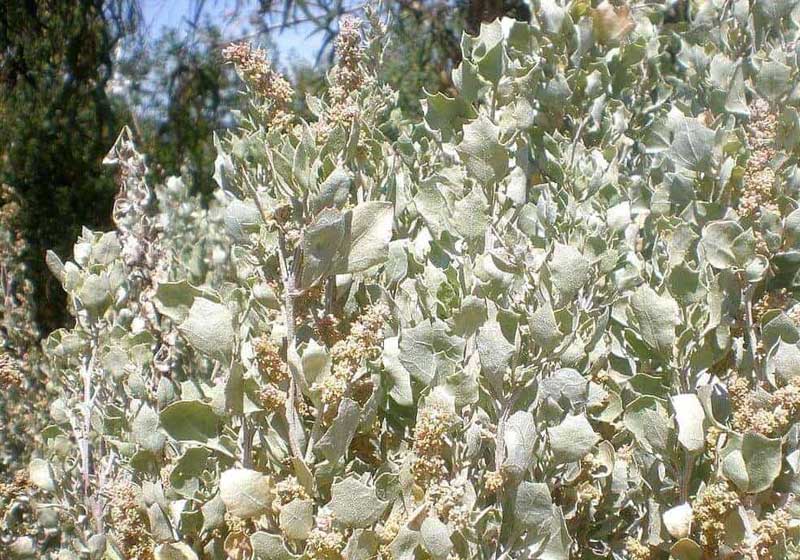
Photo credit: Tucker Bush.
Saltbush makes an excellent substitute for herbs like thyme, sage or rosemary, thanks to its robust, earthy flavour and slight saltiness. If you're looking to recreate the depth that thyme brings to roasted meats or stews, saltbush provides a similar herbal profile with a unique Australian twist. Its aromatic, savoury notes are particularly complementary to lamb, beef and poultry, offering a rich depth of flavour much like rosemary.
For dishes that traditionally call for sage, such as stuffing or poultry, saltbush can step in with its earthy undertones and slightly peppery finish, balancing perfectly with roasted vegetables or meats. Its salty taste also makes it an ideal alternative to these herbs in recipes where a briny, savoury element is desired, such as in seafood dishes or salads.
In addition to its flavour, saltbush adds a distinct visual appeal, with its silvery-grey leaves providing an interesting contrast to the greener tones of other herbs. Whether used fresh or dried, saltbush is a versatile herb that can stand in for thyme, sage or rosemary, elevating your dishes with a unique, bold flavour profile that draws inspiration from Australia’s native landscape.



